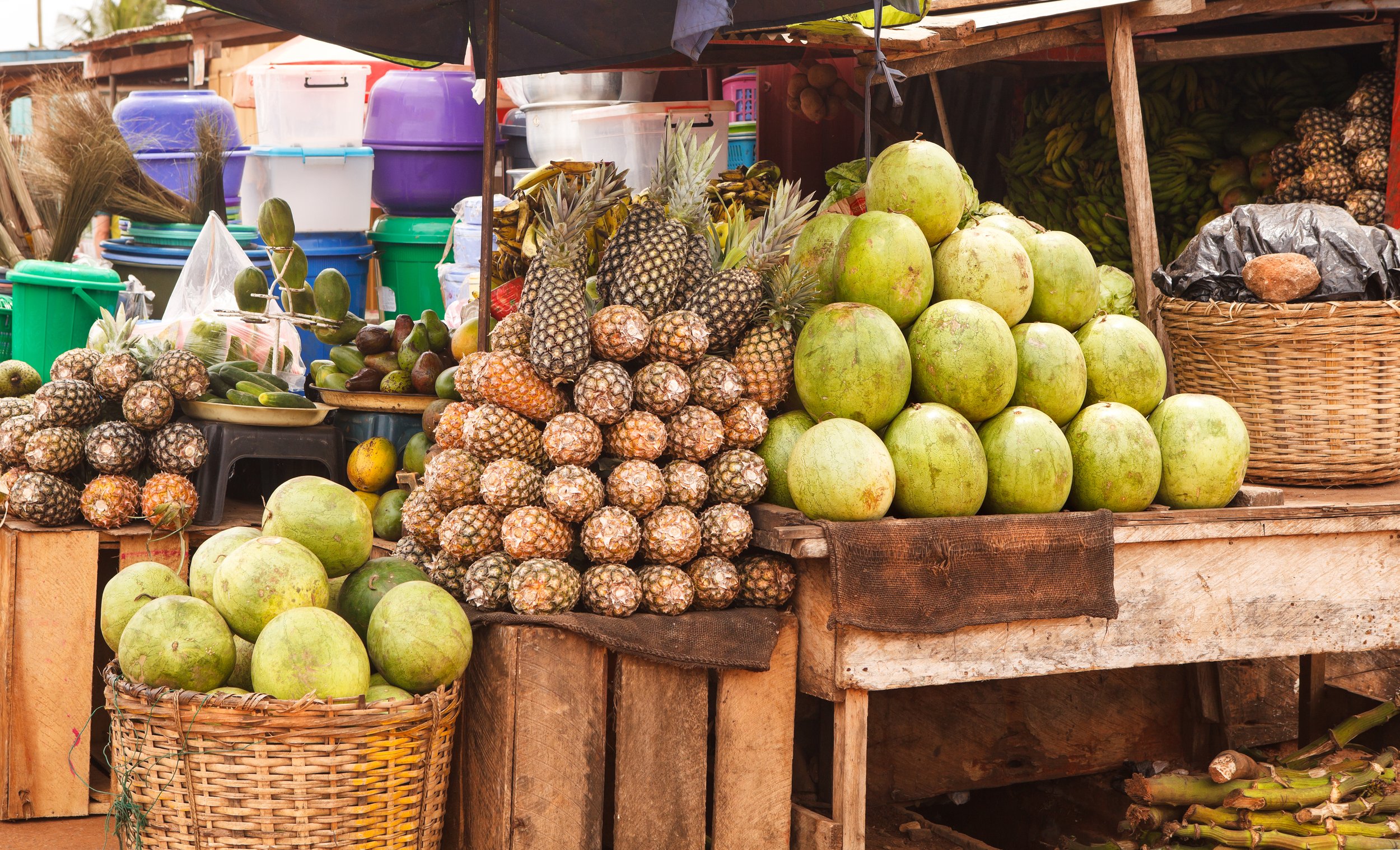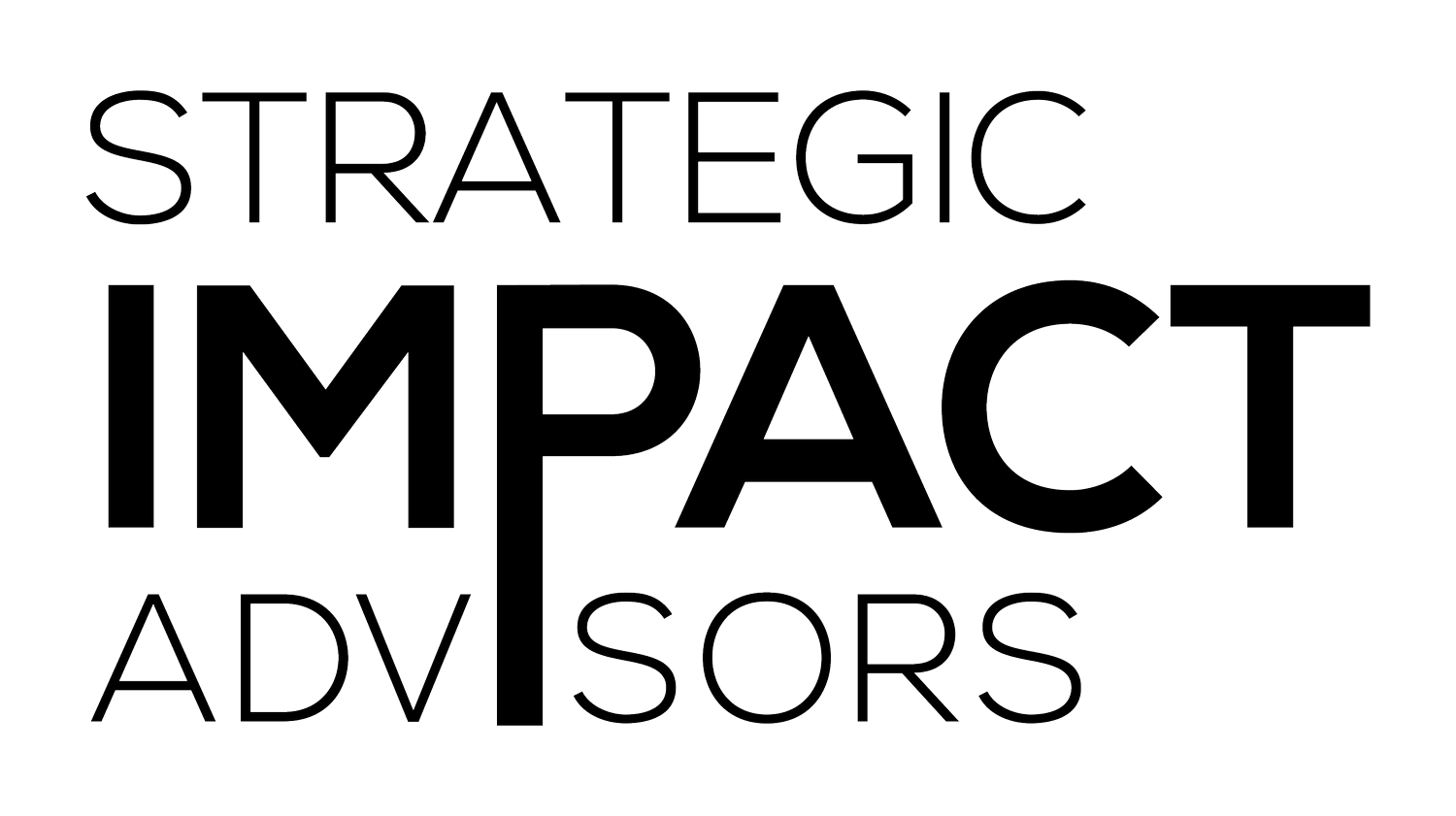
Insights

Launch of digital financial services handbook for agriculture
SIA is pleased to announce the launch of the Digital Financial Services Handbook for Agriculture, a product of IFC and Mastercard Foundation’s Partnership for Financial Inclusion, a joint initiative to expand microfinance and advance digital financial services (DFS) in Sub-Saharan Africa.

But I don’t need another SIM card… Interoperability and bulk payments
With funding from USAID’s Global Development Lab, SIA has been supporting the USAID Rwanda mission in helping IPs transition to mobile money for their last mile payment needs.

Blockchain’s impact on development, in the words of the Zen master
We are all familiar with the dramatic impact that mobile communications and the near ubiquitous access to communications technology has had on development. Will blockchain have a similar impact? In the words of the Zen master, “we’ll see.”

Practicing what we preach: Initiating bulk payment disbursements
The Tigo Ghana head office sits on a shady, surprisingly quiet road in central Accra, nestled next to government buildings and museums.

Digital cash transfers in Liberia
As cash transfers become an increasingly respected and relied-upon method of delivering relief to communities affected by conflict and environmental disasters, NGOs working in the humanitarian space will more frequently be required to manage networks of merchants and agents in their roles as disbursers of international funding.

Tracing the path of cash through India pt. 2: DFS and India’s emerging middle class
In February, Shelley Spencer and Nicholas Lesher traveled to New Delhi to launch a report on the distinct financial attitudes, abilities, and behavior patterns of the emerging middle class.

Tracing the path of cash through India
Achieving the dream of a digital economy is a daunting task for a country of 1.2 billion, but one that is evidently underway.

The economics of affordable and available housing
An estimated 62% of U.S. renter households earn less than 80% of the area median income. Roughly 73% of these households spend over 30% of their income on rental housing.
